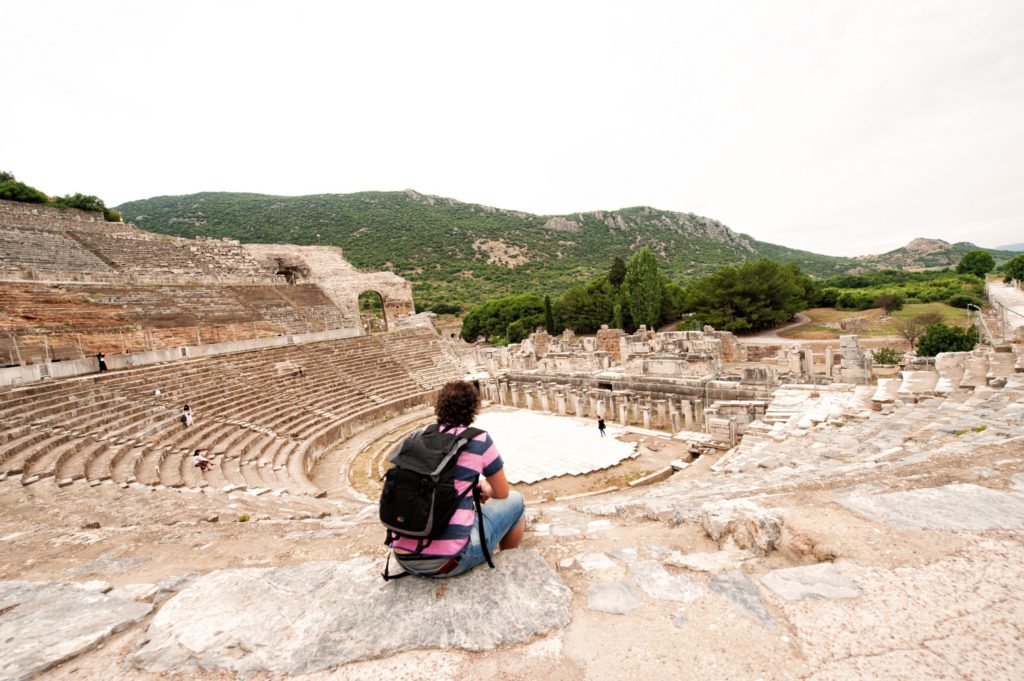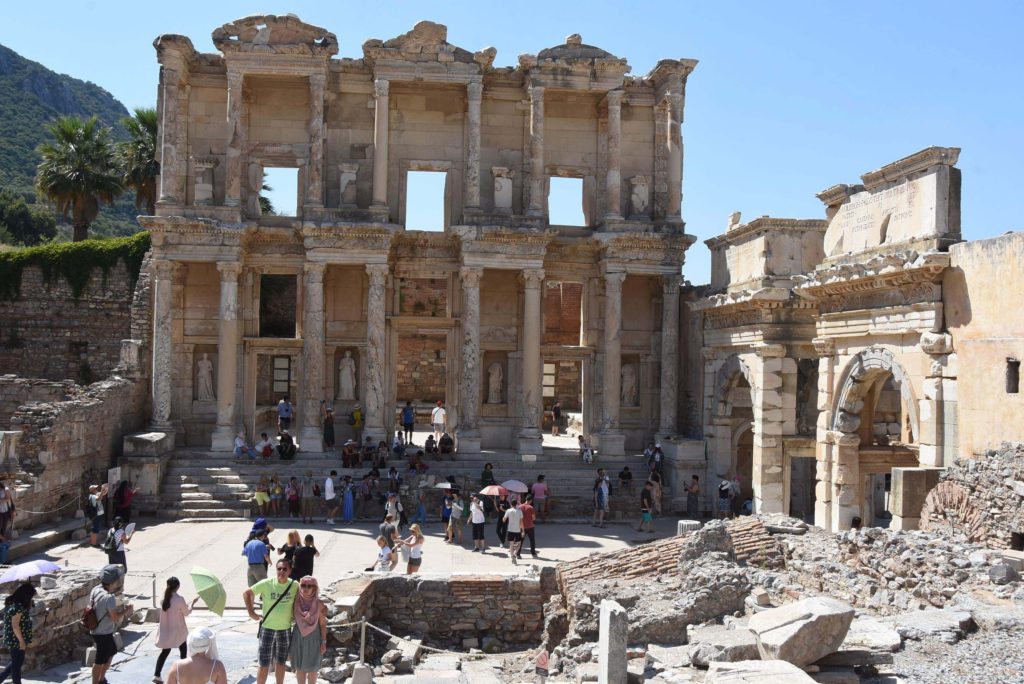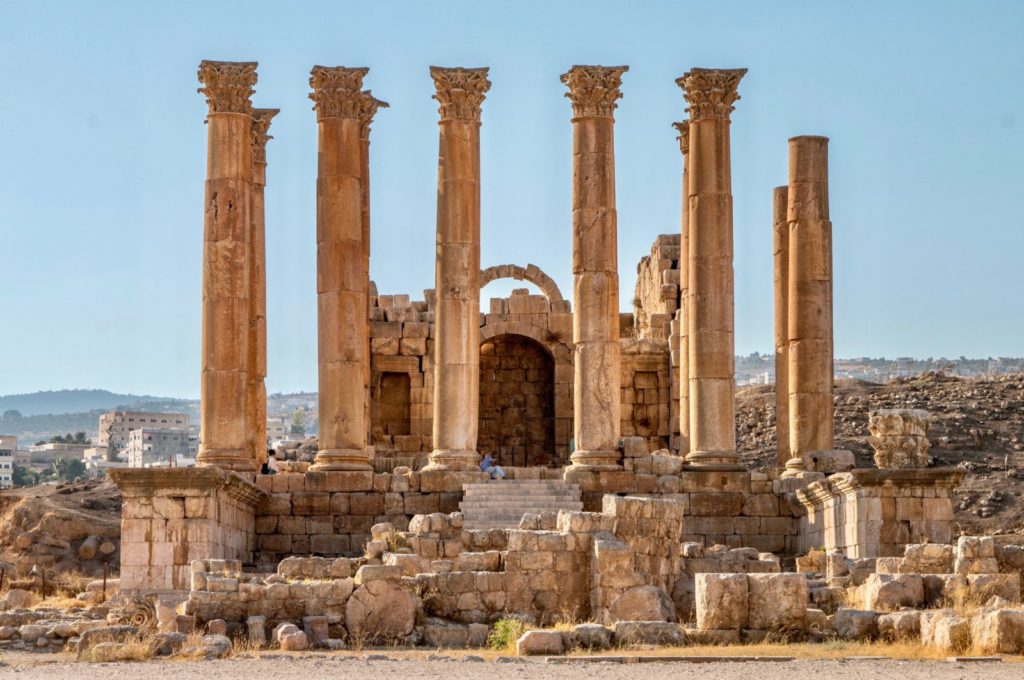The Temple of Artemis in Izmir and the Mausoleum of Halicarnassus in Bodrum stand as timeless symbols of Türkiye’s rich ancient heritage.
Türkiye is home to some of the world’s most extraordinary ancient landmarks, which greatly enhance the cultural significance of their respective regions. Among these, two of the Seven Wonders of the Ancient World stand out: the Temple of Artemis in Izmir and the Mausoleum at Halicarnassus in Bodrum. These remarkable sites not only enrich their surroundings but also offer visitors a journey through thousands of years of history.

Temple of Artemis: A Sacred World
Situated in the ancient city of Ephesus, within Izmir’s Selçuk district, the Temple of Artemis was a marvel of the ancient world. Ephesus, known for its political and commercial importance in antiquity, was also a significant religious hub, with the Temple of Artemis as one of its most revered monuments. Although only remnants of this once-majestic structure remain, it was famed for its architectural brilliance and artistic grandeur.

Constructed around 550 B.C., the temple featured 127 massive columns, each standing 18 meters (59 feet) tall. Over time, some of these stones were repurposed in the construction of other historic buildings, including the St. John Basilica and Hagia Sophia. Artifacts uncovered from the temple’s site are now displayed at the British Museum and the Istanbul Archaeological Museums. Walking through the ruins of the Temple of Artemis feels like stepping back in time, with the ancient stones exuding a mystical aura. As the sun sets, the ruins are bathed in stunning red and orange hues, creating a breathtaking visual experience. Beyond the temple, Ephesus is home to other significant landmarks, such as the Library of Celsus, the Great Theater, and the Temple of Hadrian.
Mausoleum of Halicarnassus
Bodrum, with its picturesque coastal vistas, is home to another of the Seven Wonders: the Mausoleum of Halicarnassus. Built in 353 B.C. by Queen Artemisia in honor of her husband, King Mausolus, this monumental tomb is celebrated for its architectural and artistic magnificence. Rising 45 meters high and composed of four tiers, the Mausoleum was adorned with sculptures crafted by some of the era’s most renowned artists. Its design, blending Greek and Egyptian architectural styles, symbolizes the grandeur of Mausolus and the enduring love of Artemisia.

Although much of the Mausoleum was destroyed by an earthquake in the 15th century, the remaining fragments have been preserved in an open-air museum at the original site. The exquisite marble used in its construction reflects the aesthetic sensibilities of the era, while the tomb’s scale highlights the advanced engineering capabilities of the time. Visitors can explore these remnants to gain insights into ancient daily life and beliefs.
A short walk from Bodrum Castle to the Mausoleum offers breathtaking views of Bodrum’s natural beauty. As you wander through the ruins, you can sense the poignant love of Queen Artemisia and the legendary rule of Mausolus. Exploring the surrounding archaeological sites and museums provides a deeper appreciation of the region’s rich history.
Both Izmir and Bodrum offer captivating glimpses into the ancient world, seamlessly blending historical grandeur with the modern charm of Türkiye. These cities not only take you on a journey through time but also offer a profound understanding of Türkiye’s invaluable cultural heritage.
Source: Daily Sabah








